Satellite-enabled Smart Metering – New Dimension in IoT Connectivity
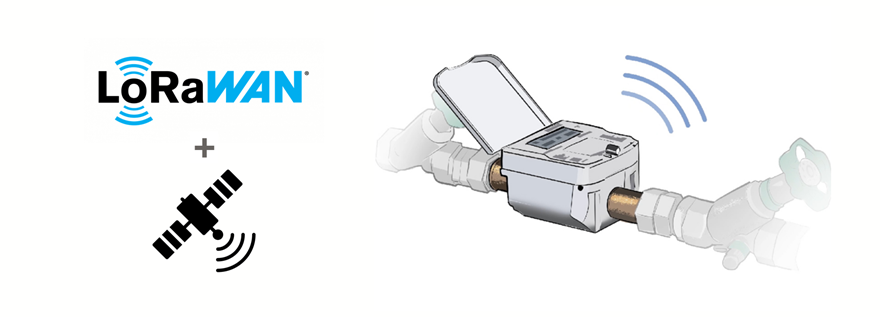
Utilities, especially in remote and challenging environments, continue to face significant challenges in collecting and transmitting measured values, such as water consumption data. Recent innovations now promise a revolutionary solution to this problem by leveraging the advantages of long-range wireless technologies and satellite-based connectivity simultaneously. Rich Sanders (President of ZENNER USA) and Rémi Demerlé (Alliance Partnerships and Marketing Director for the LoRa Ecosystem at Semtech) explained this in more detail in an “IoT Insights” article for the IoT Insider blog, the content of which we have summarized below.
Connectivity Challenge in Utility Management
The challenge of reliable and seamless data acquisition and transmission lies primarily in the fact that conventional measurement solutions, which are primarily based on traditional ground-based communication technologies, all have their limitations. Whether they are based on cellular networks, terrestrial FSK-based tower systems, drive-by acquisition methods, or manual readings, these include latency issues, bandwidth limitations, high maintenance costs, and limited coverage in remote areas. While Low Power Wide Area Network (LPWAN) technologies such as LoRaWAN® and NB-IoT have improved the situation, even these solutions face inherent limitations in certain deployment scenarios and in regions where, for example, only limited infrastructure is available due to their geographical location and/or topographical characteristics.
Consequences of insufficient Connectivity
The consequences of such inadequate connectivity and, consequently, a lack of monitoring are significant water waste and the hampering of effective water conservation strategies and sustainable water management. According to the American Society of Civil Engineers (ASCE) 2025 Infrastructure Report, in the United States alone, approximately 6 billion gallons (≈ 22 billion liters) of treated drinking water are lost every day, equivalent to more than 50 million Olympic-sized swimming pools, due to leaks and burst pipes in aging water infrastructure. According to Bluefield Research, in the United States alone, the economic and environmental costs of these restrictions amount to a staggering $6.4 billion per year, with the situation naturally even worse in developing countries.
Innovation as Solution: LPWAN + Satellite Communication
The innovative solution : LPWAN technologies, such as LoRaWAN® in particular, paired with satellite-based communication.
This combination offers unique advantages:
- Universal coverage: reliable data transmission across different geographical boundaries/landscapes, even in remote or hard-to-reach areas
- Low infrastructure requirements : no extensive ground-based communication networks required
- Less dependence on mobile networks
- Lower operating costs: minimal maintenance and personnel costs
- Global scalability: Support large-scale implementations with consistent performance for utilities of different sizes
The whole thing becomes a comprehensive solution with the latest generation of water meters, which is characterized by several important technological features:
- Direct satellite transmission = no dependence on ground-based mobile networks or proprietary terrestrial infrastructures, unlike conventional meters
- Meter-independent design = connection with different meter types and protocols possible, even from different manufacturers
Future of Water Management & Connectivity as Strategic Advantage
The new technology, or rather the new interplay of the aforementioned technologies, represents a paradigm shift in utility data collection. By eliminating traditional connectivity barriers, it offers the unique advantages described above. Given the ever-increasing importance of global water management, technologies that offer comprehensive and efficient monitoring solutions will be crucial. This meter interface is an example of the next generation of IoT-enabled utility management—intelligent, adaptable, and capable of operating even under the most challenging conditions.
Connectivity is no longer a limitation, but a strategic advantage in resource management. Utilities can now access detailed, real-time data regardless of geographical restrictions, representing a significant step toward more sustainable and intelligent water resource management.
If you’ve already had your own experiences with satellite-enabled connectivity in the context of Smart Metering or other IoT use cases, please share them in the comments below!


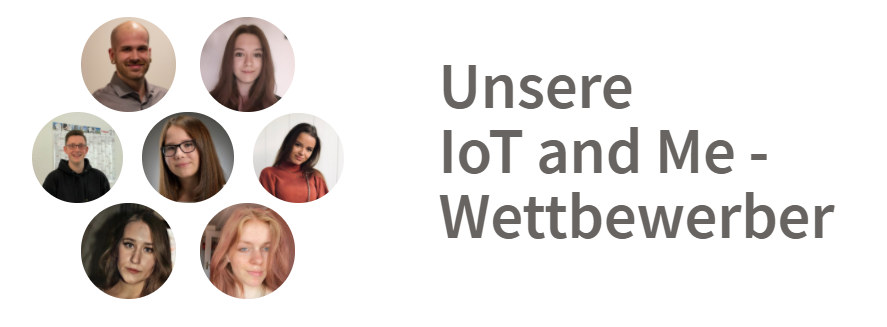
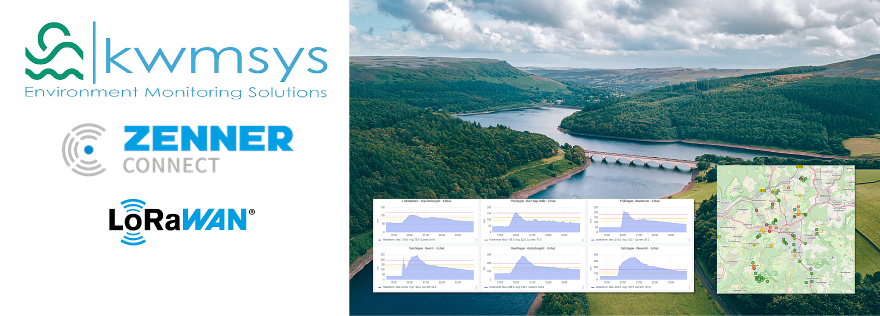
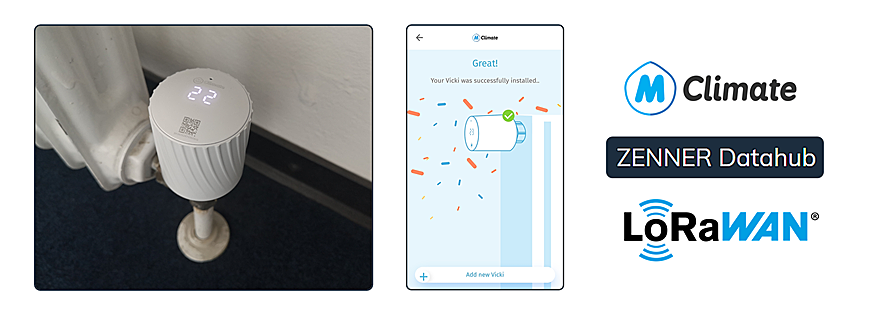
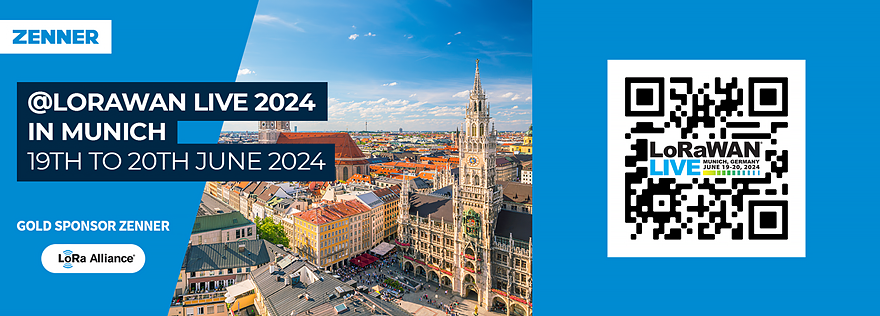
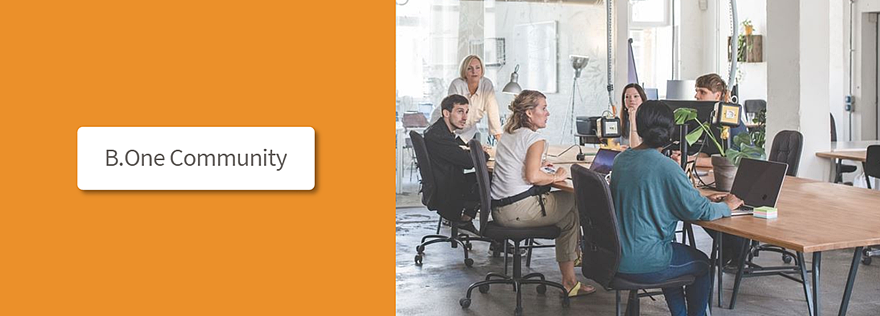
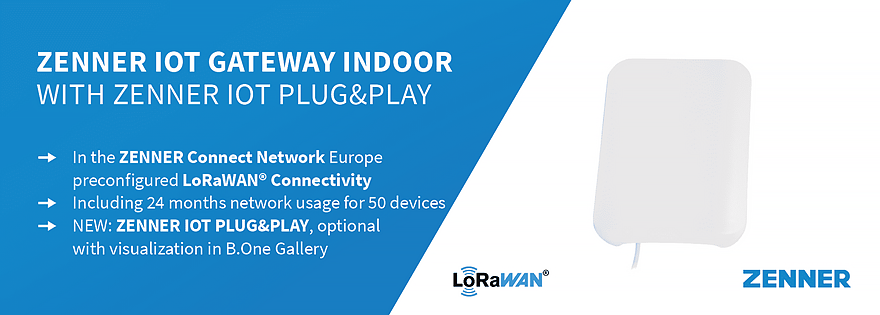
Responses